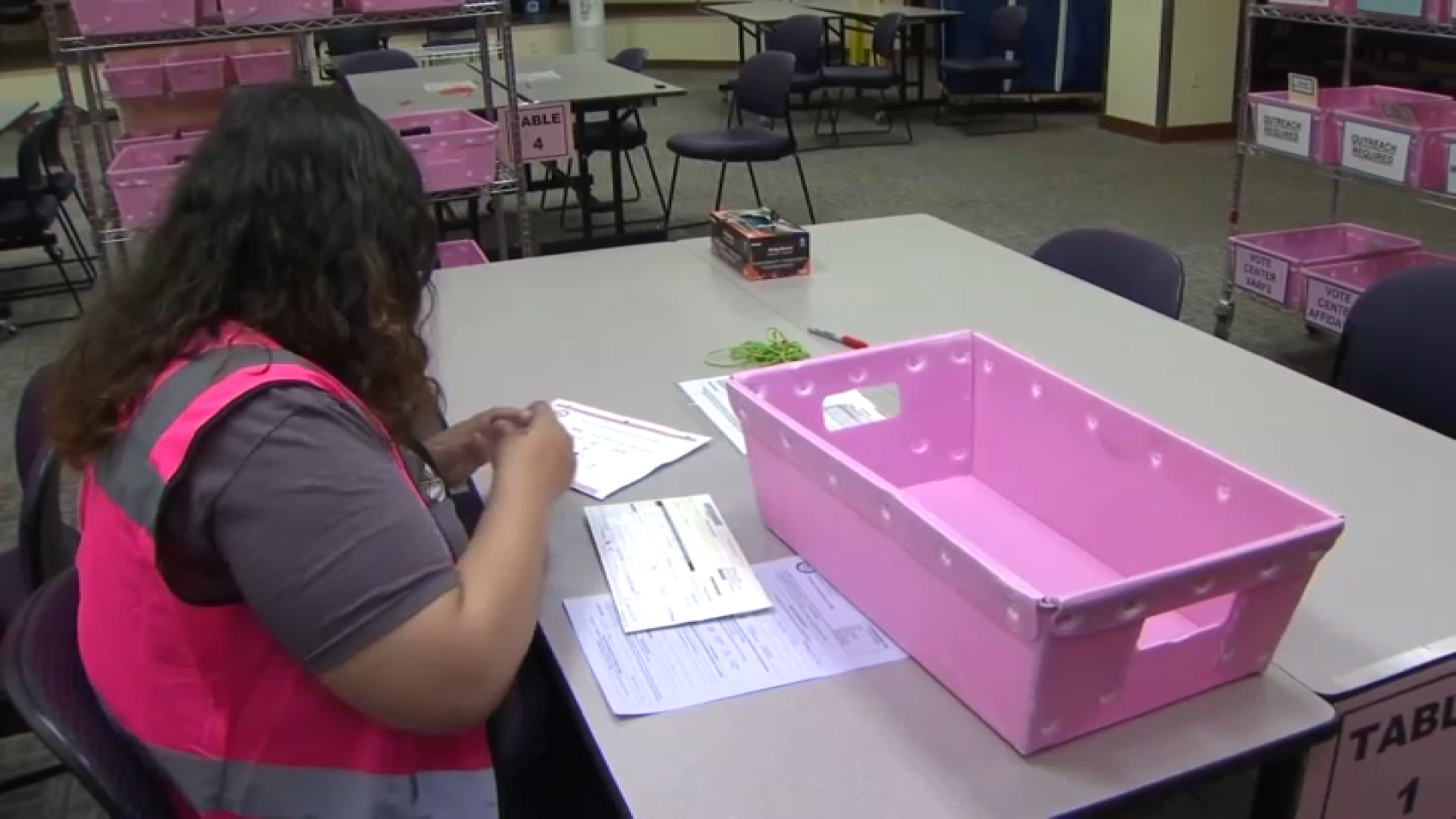On a recent early morning on California’s Sacramento-San Joaquin Delta, a team of biologists from U.S. Fish and Wildlife boarded a small boat and motored-out past power plants and decaying docks — dragging fishing nets along predetermined routes to catch and record which fish were in the area.
It’s a ritual they perform seven-days a week during much of the year — serving as eyes and ears for one of the nation’s most important waterways.
“This is like the lifeblood of California,” noted U.S. Fish and Wildlife biologist Julie Day. “This is a really important area. This is where two of the major rivers in California merge.”
The group’s beat near the East Bay city of Pittsburg represents one of the last stops for migrating chinook salmon heading toward the San Francisco Bay and onto the Pacific Ocean. It’s also home to Delta smelt who’ve often become the centrifuge in a political tug-o-war between agricultural and environmental interests.
“I like to view it as; ‘so the smelt goes, so goes the Delta,’” said U.S. Fish and Wildlife spokesman Shane Hunt. “When you see smelt numbers going down that’s an indication the health of the Delta is going down.”
No one would know whether smelt numbers were going up or down unless someone was counting them — hence the rigid monitoring. The group is tasked with monitoring all native and non-native fish populations in the Delta.
The researchers rely on a traditional fishing method called “trawling” to take a snapshot of the river’s creatures. A large net is flung behind the boat and dragged steadily for stretches of 20 minutes before it’s hauled in. The living contents, normally salmon, sturgeon, minnows and smelt are sorted, recorded and mostly released.
Local
On a recent trip, the sole specimens turning-up in the nets were small chinook salmon heading toward their date with the ocean.
Researcher Christopher Hart said his team separates the wild fish — from the ones raised, tagged and released from hatcheries up the river systems.
Biologists euthanized the hatchery fish, placing them in plastic bags to be later examined back in a laboratory. While the procedure might seem antithetical to the group’s role as river steward, Hart says it’s vital for gleaning information used to improve the fish’ chances of survival.
“So they can get a good idea of when, where and the water conditions they were released,” Hart explained.
The researchers said the recent years of drought took a toll on the Delta’s fish population. But a winter of heavy rains seemed to be helping to reverse their free fall.
“We saw them continue to decline during the drought itself,” Hunt said. “We’re now starting to see some of them are picking up a little bit.”
The group’s work comes amid a recent study that predicted California’s native salmon and trout species face extinction in the next 50 years. State officials said they will embark on a slew of solutions aimed at improving conditions on vital streams and rivers — which feed into the Delta.
The information compiled by the U.S. Fish and Wildlife team is used by researchers, resource managers and water project operators — who on occasion tailor water releases to protect Delta Smelt and other fish — much to the chagrin of farming interests.
But politics are left back at shore as the research boat heads out — its team focused on the creatures turning up in their nets.
At one point during the recent outing, the team followed its strict protocol to prematurely curtailing a survey after a large sea lion was spotted in the area. The crew cast the nets back in the water to resume the survey as soon as the opportunistic interloper swam away.
“There’s so much going on,” Hart said. “This water system is so important for a lot of people. So the more information we can collect the better off we will be.”



